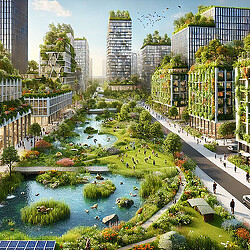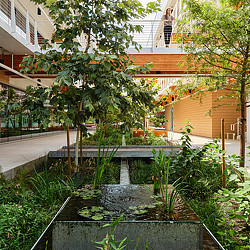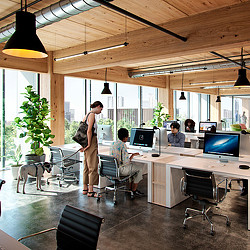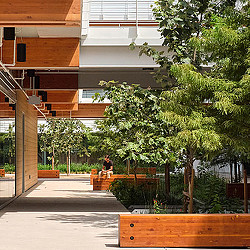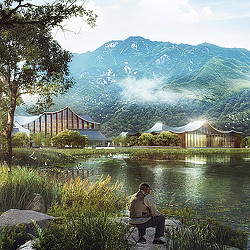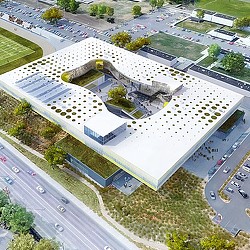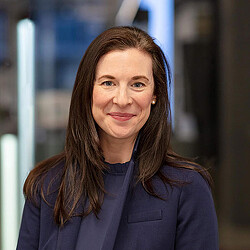Biodiversity as the New Frontier for Achieving Resilience in Real Estate
The biodiversity crisis is a fundamental challenge that impacts life, the global economy, and the real estate industry.
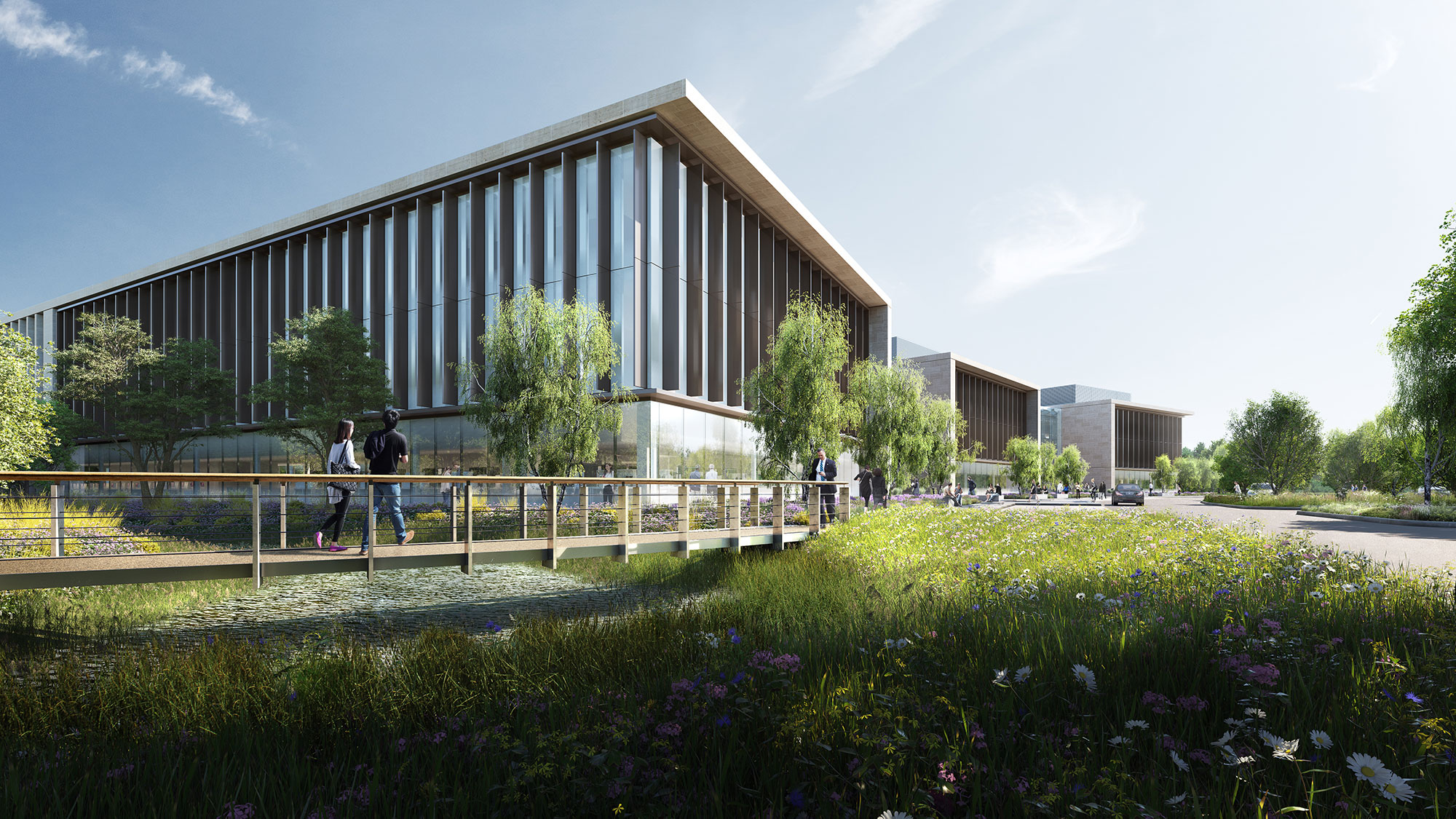
The biodiversity crisis is no longer just an ecological issue — it is a fundamental challenge that impacts life, the global economy, and the real estate industry. The rapid decline in the variety and diversity of various species and natural ecosystems impacting the planet — driven by climate change, pollution, depletion of resources, and more — also impacts our housing, infrastructure, and buildings, and ultimately, our health and well-being.
The planet operates as a network of interconnected natural processes that self-regulate to sustain life. Biodiversity loss signals a system under stress, making it essential to address. As emphasised at COP16, biodiversity underpins the systems that support societies — food production, climate stability, and community resilience. Yet, its vital role remains undervalued, much like COP16 itself.
From wetlands that reduce the risk of flooding to forests that act as carbon sinks to green spaces that reduce the urban heat island effect and make cities more comfortable while reducing energy costs for cooling buildings, cultivating rich, biodiverse ecosystems can make our communities more resilient and liveable.
Measuring Embodied Environmental Impact
In the built environment, we have grown to measure sustainability by carbon accounting, tracking emissions to meet governmental and international targets. However, this approach overlooks several other key factors.
Beyond carbon, the Embodied Environmental Impact (EEI) of materials and the effects on biodiversity should also be accounted for. EEI expands the scope to include effects on biodiversity, ecosystems, and planetary health. For example, cork forests — a global biodiversity hotspot — are critical carbon sinks and habitats.
Understanding the EEI of sourcing materials like cork can guide more sustainable decisions and help us move closer to a holistic approach for measuring sustainability that integrates environmental, social, and economic success.
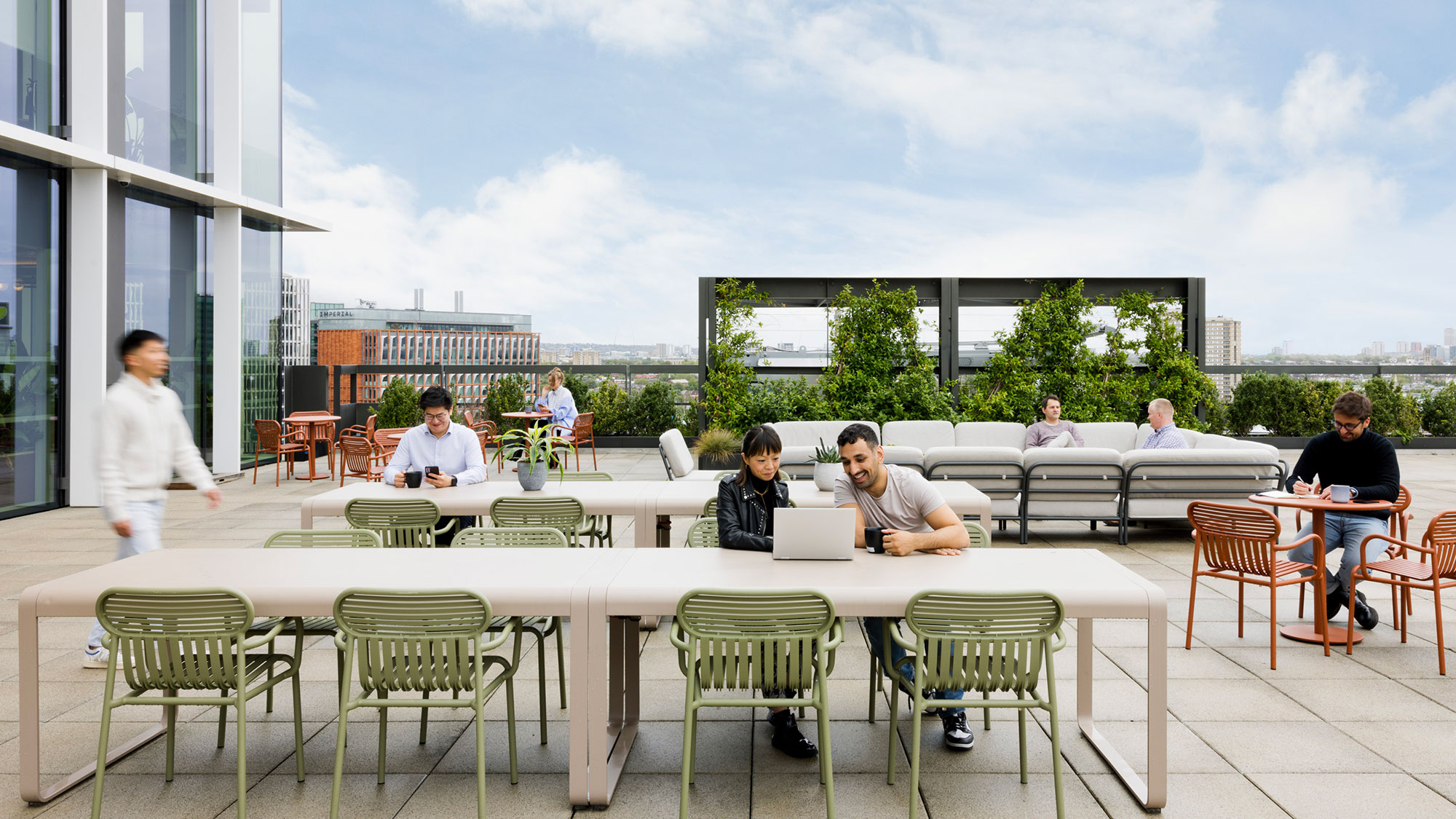
Emerging Regulation and Metrics
Governance bodies worldwide are recognising the importance of biodiversity and implementing measures to safeguard it. Regulations are being introduced to address development sites’ impact on biodiversity. Key developments include:
- Biodiversity Net Gain (BNG): In England, as of February 2024, all new developments must achieve a 10% net gain in biodiversity.
- Urban Greening Factor (UGF): Cities like London, Berlin, Paris, and Seattle employ similar metrics to track the amount of green infrastructure relative to a development’s footprint.
- Global Biodiversity Framework (GBF): Adopted at COP15, this landmark agreement includes ambitious targets such as protecting 30% of Earth’s lands and waters by 2030 and cutting harmful subsidies by $500 billion annually.
- Taskforce on Nature-Related Financial Disclosures (TNFD): Launched in 2021, TNFD provides frameworks for organisations to assess and report on nature-related risks, aligning financial flows with nature-positive outcomes.
These regulations represent a shift toward measuring biodiversity impacts with the same rigor as carbon, opening opportunities for innovation in design and construction practices.
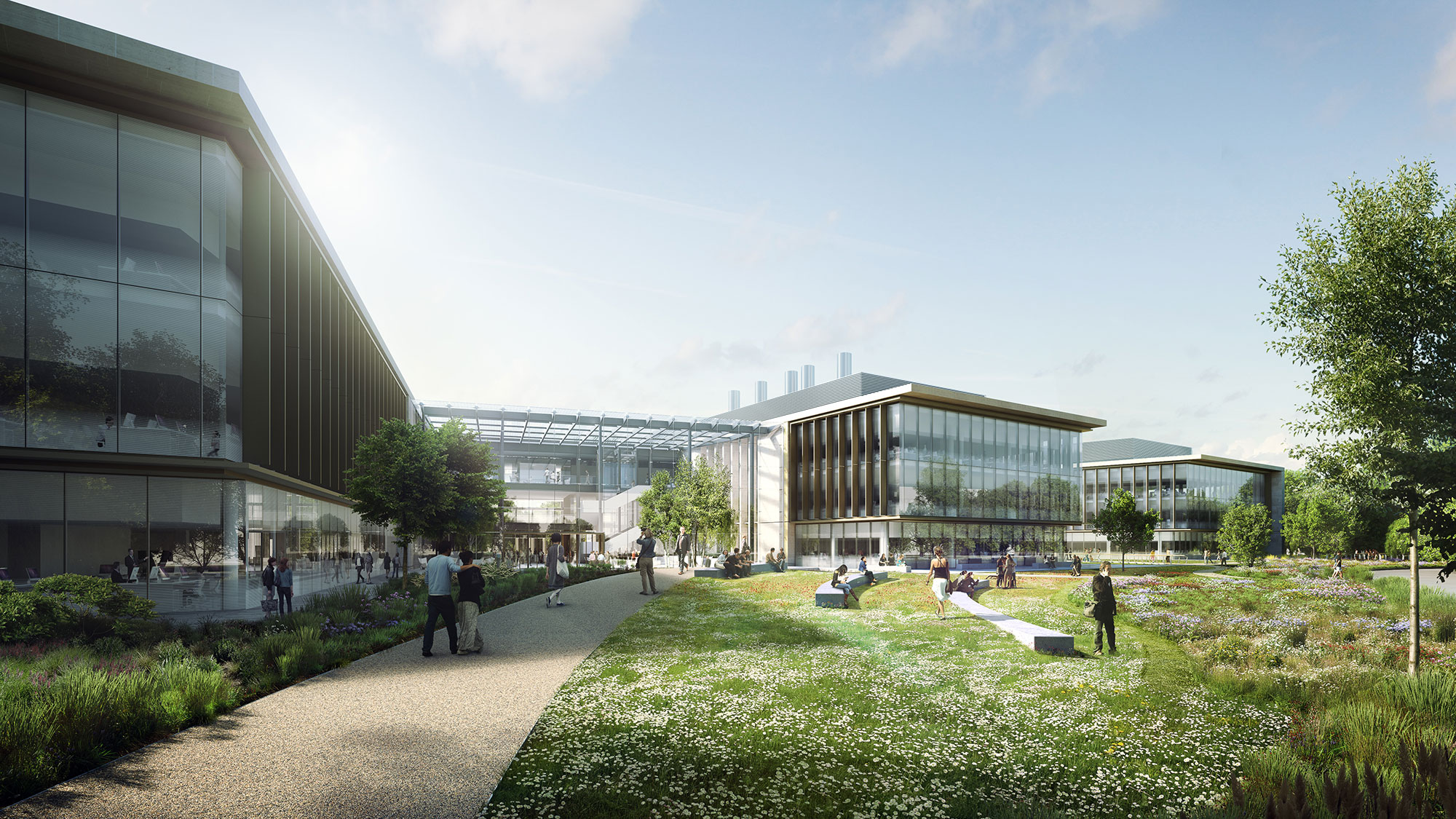
The Co-Benefits of Biodiversity for People and Nature
The built environment’s impact on biodiversity must be understood through the lens of the triple bottom line: environmental, social, and economic benefits. Designing with biodiversity in mind offers a range of co-benefits, including:
- Environmental: Enhanced ecosystem services like pollination, water filtration, and carbon sequestration.
- Social: Improved mental and physical health for urban populations through biophilic design and green spaces.
- Economic: Increased property values and reduced costs associated with extreme weather, poor air quality, and urban heat.
These interconnections underscore why biodiversity accounting is just as critical as carbon accounting in real estate. By proactively integrating biodiversity considerations, we not only meet regulatory requirements but also create spaces that are healthier, more sustainable, and more resilient.
The failure to convey urgency is fuelling the biodiversity crisis. How we describe our impact goes a long way to drive responsible behaviour and increase our awareness. Using the right vocabulary allows us to celebrate positive impact without confusion. Designing for biodiversity is relatively new to our industry and could use some clarity.
Here are some key strategies to inspire more ambitious thinking and drive impact:
Bioprotective Design
‘Bioprotective’ design acknowledges that we are in the midst of the planet’s sixth mass extinction, driven largely by human activity. It emphasises our responsibility to mitigate harm and restore ecosystems. In cities, where biodiversity loss is often most acute, we can:
- Reduce the urban heat island effect (UHI) through increased green cover and indigenous passive design strategies. UHI threatens not only human health and well-being, but also the survival of other species in our urban ecosystems.
- Create safe environments for wildlife with features like bird-safe facades, nesting opportunities, and materials designed to support insect habitats.
- Design inclusive spaces for all species, recognising that thriving ecosystems are essential for human well-being.
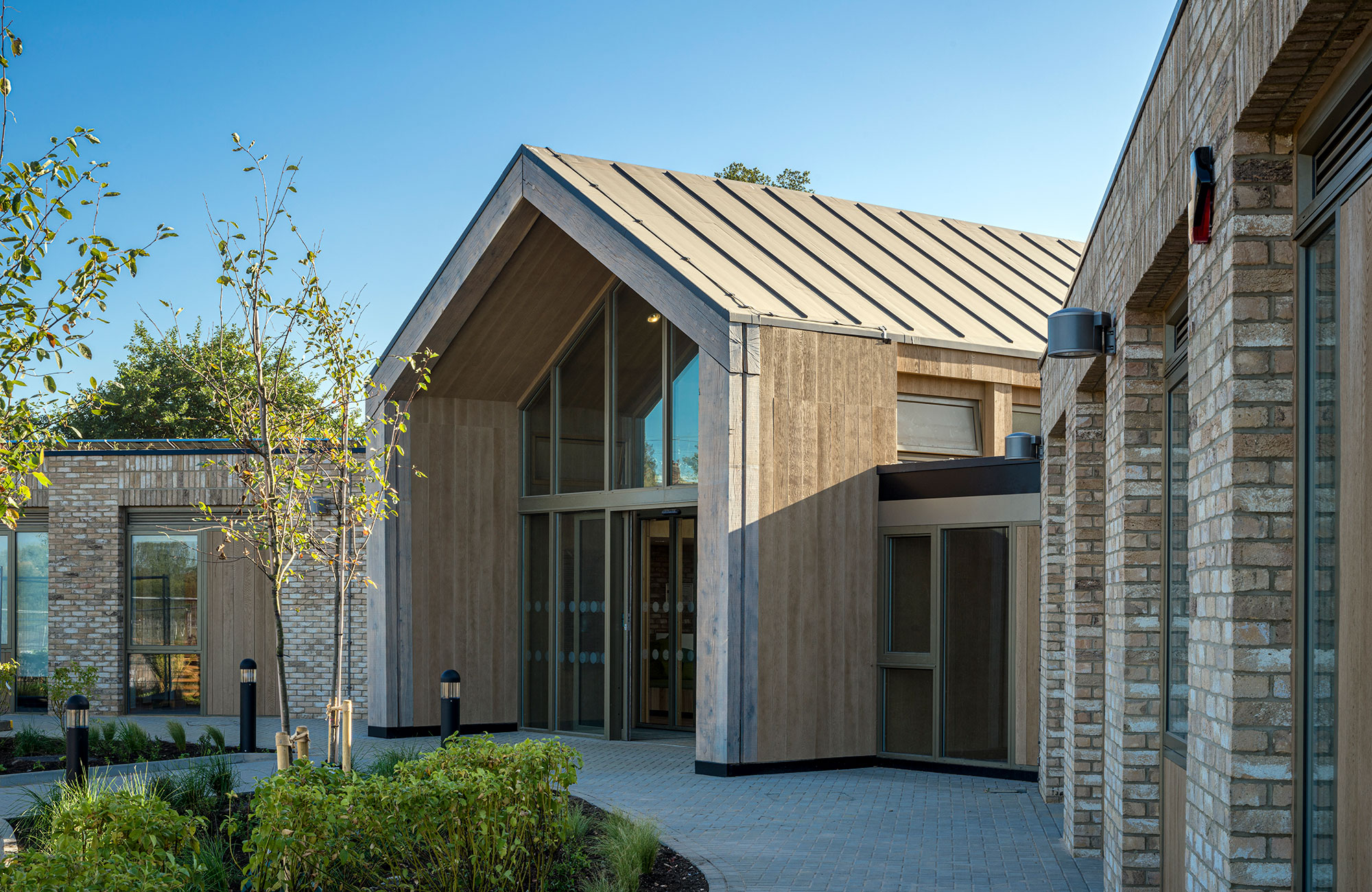
Biogenerative Design:
‘Biogenerative’ design goes beyond minimising harm to actively increasing biodiversity and fostering healthy ecosystems for all species. It embraces nature-based solutions, leveraging the natural world to solve technical challenges. Examples include:
- Using plants to improve indoor air quality, thermal comfort, and water quality.
- Employing innovative technologies such as algae facades to generate electricity (e.g., the BIQ algae façade) or mycelium-based insulation for sustainable building materials.
- Creating living structures like ivy-covered walls that protect external surfaces or designing porous materials that can be inhabited by insects and microorganisms.
Redefining Resilience
Resilience in real estate is no longer just about withstanding shocks and stresses. It is about creating systems that regenerate and sustain life — for humans and all species. By adopting biogenerative and bioprotective design principles, aligning with emerging regulations, and accounting for biodiversity impacts, we can redefine resilience as a framework that integrates environmental health, human well-being, and economic viability.
While the biodiversity crisis remains a threat it is also an opportunity to transform the way we design, build, and inhabit our world.
For media inquiries, email .


